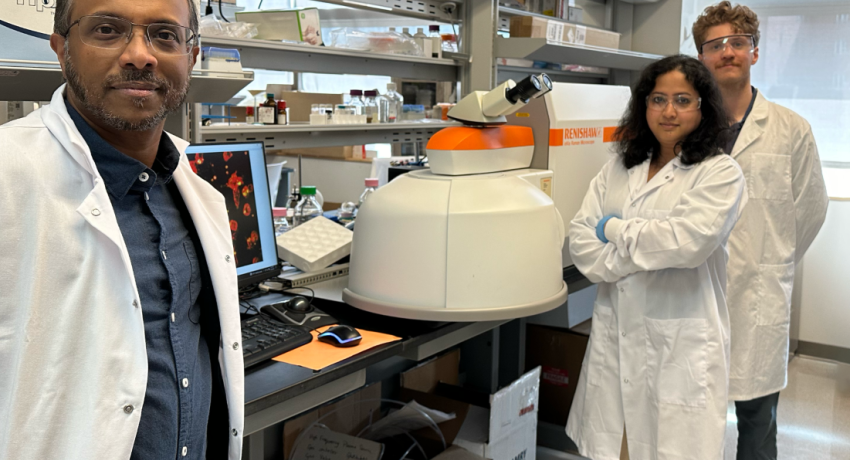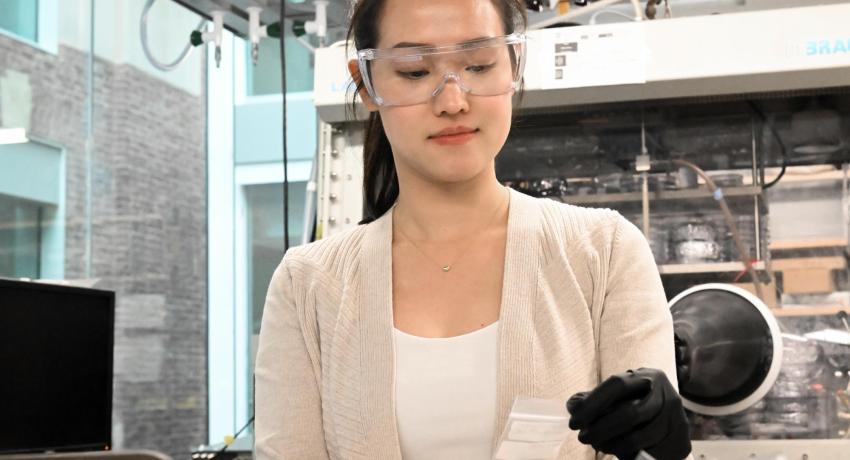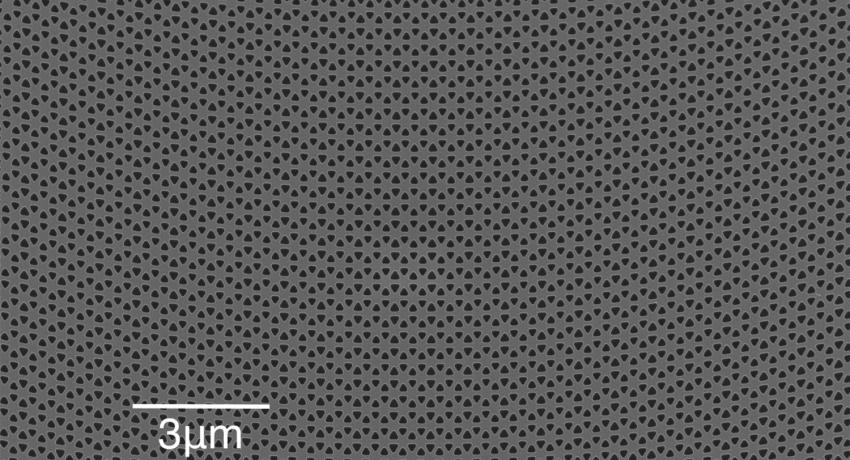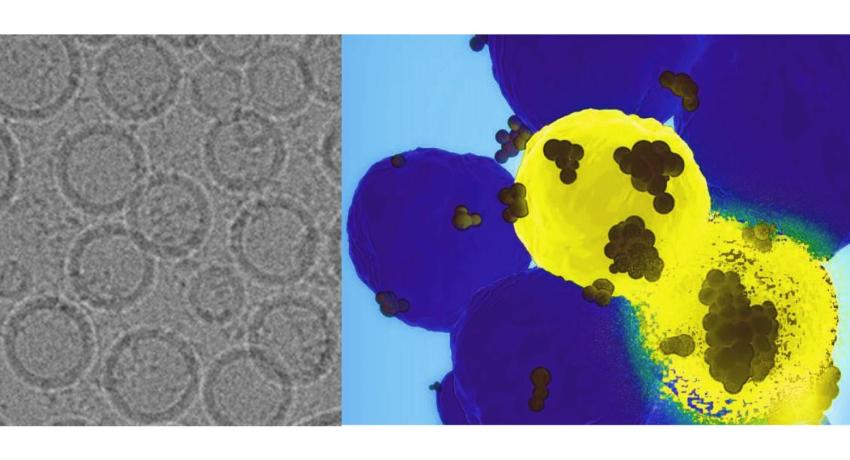Cold sintering may rescue plastic, ceramics, battery components from landfills
Recycling does not necessarily prevent an item from eventually ending up in a landfill, according to Enrique Gomez, interim associate dean for equity and inclusion and professor of chemical engineering in the Penn State College of Engineering. Instead, recycling simply delays its end of life. Plastic bottles that are recycled and then turned into carpet, for example, eventually end up in the landfill when the carpet gets worn out and is thrown away.
Making light ‘feel’ a magnetic field like an electron would
By Sam Sholtis
New observation could provide way to increase the strength of interaction between light and matter, eventually leading to smaller lasers and other improved photonic technologies
GPS nanoparticle platform precisely delivers therapeutic payload to cancer cells
Equipped with novel homing abilities, the platform activates in cancer environments to release gene-editing tools
By Ashley WennersHerron




